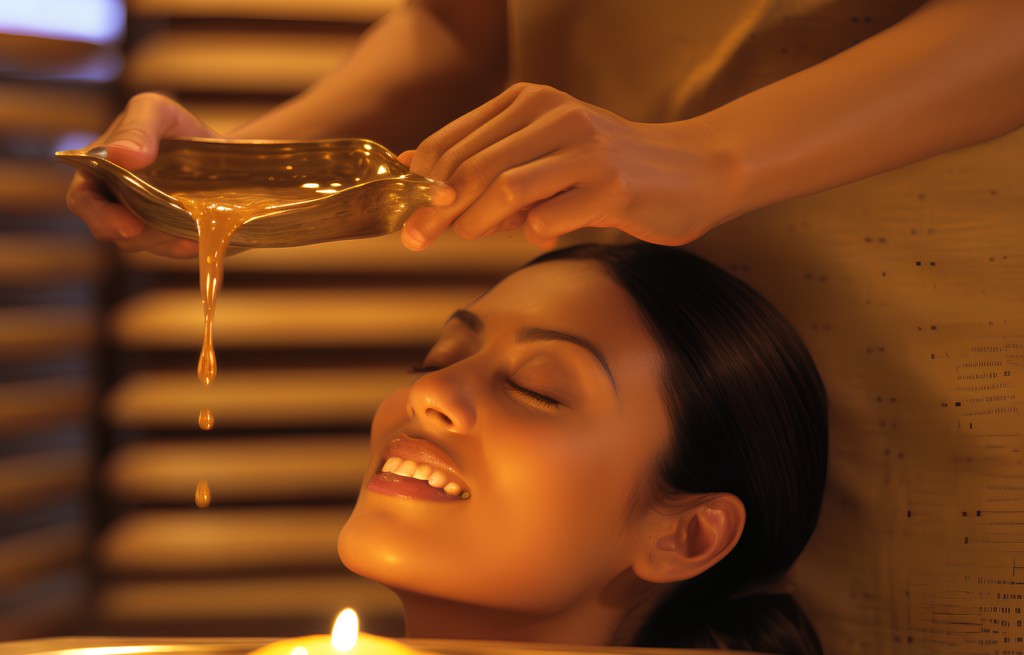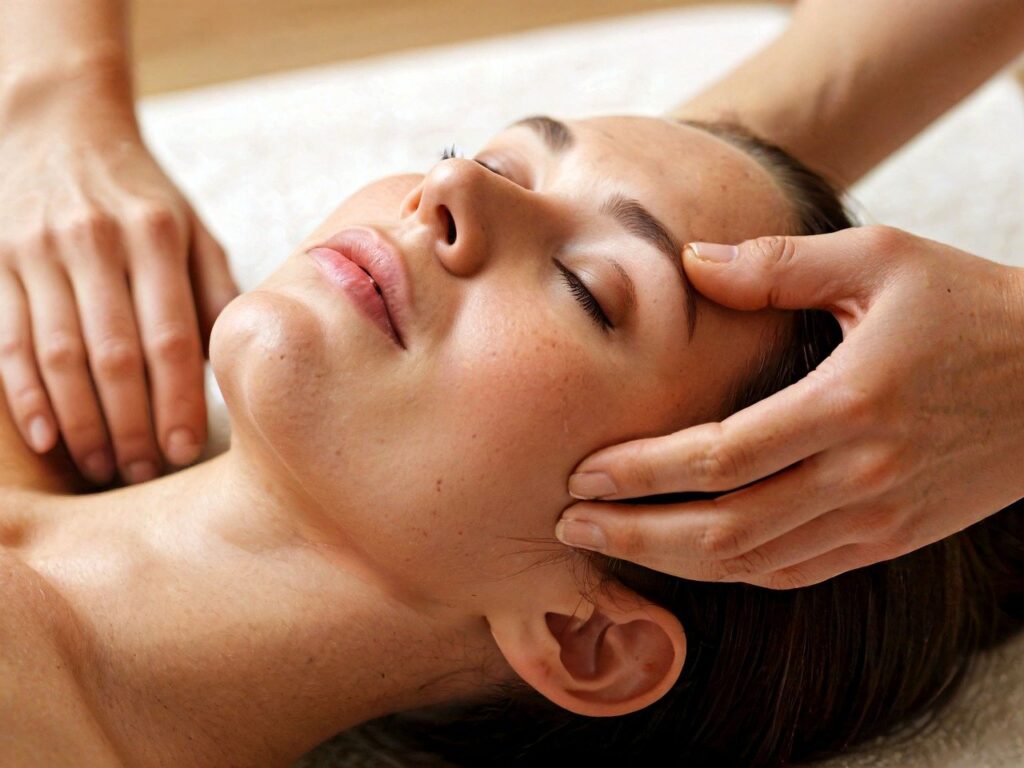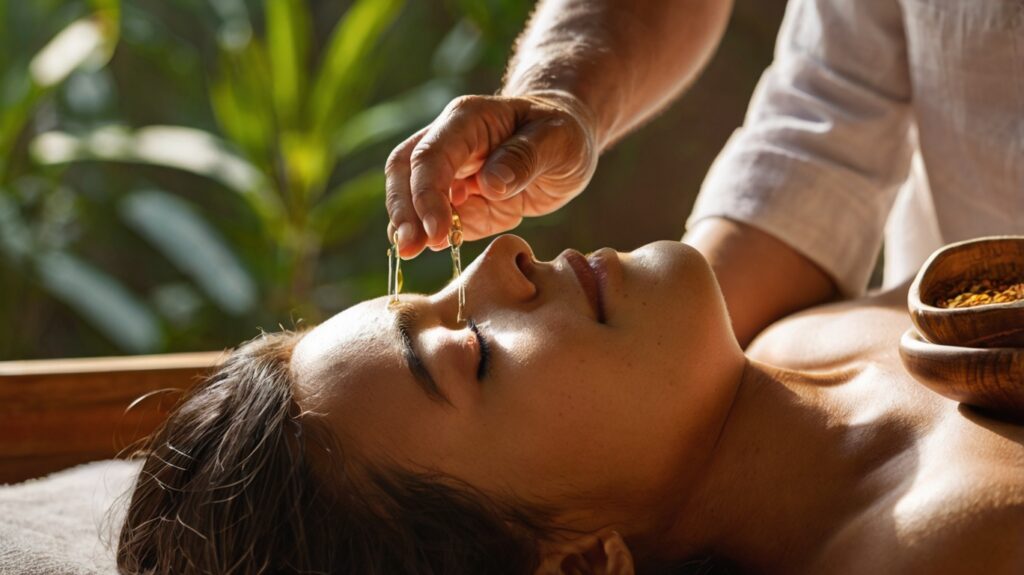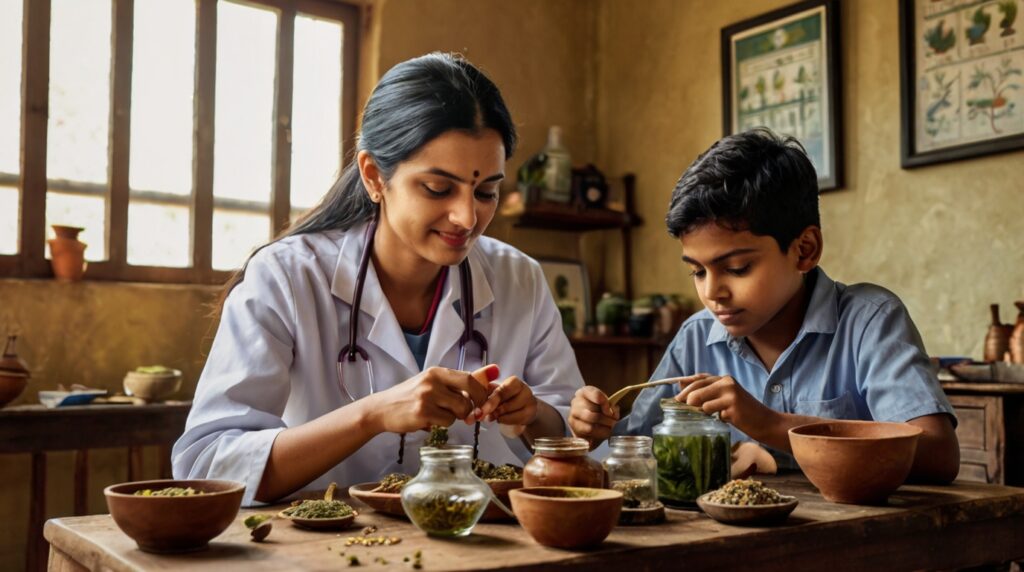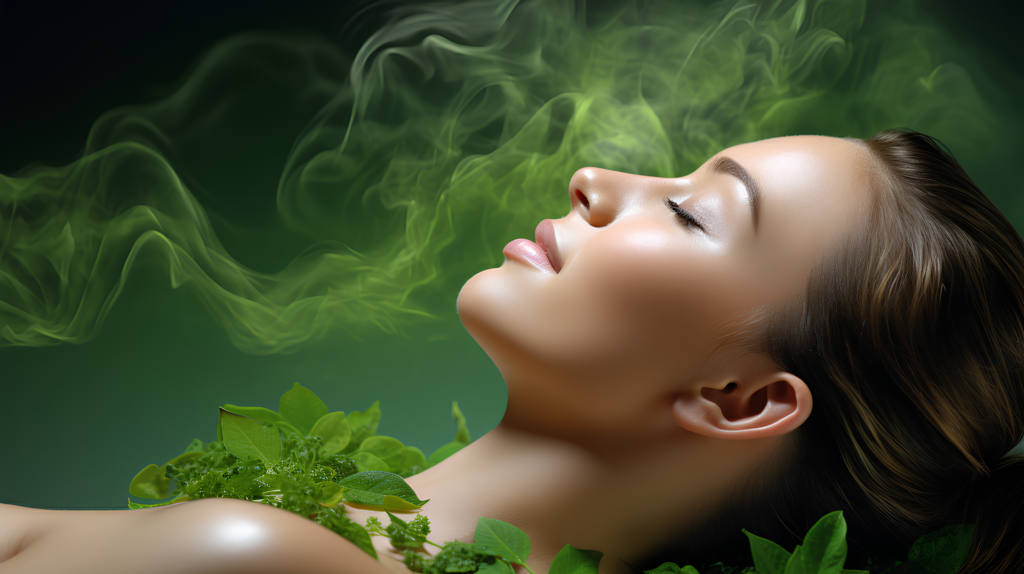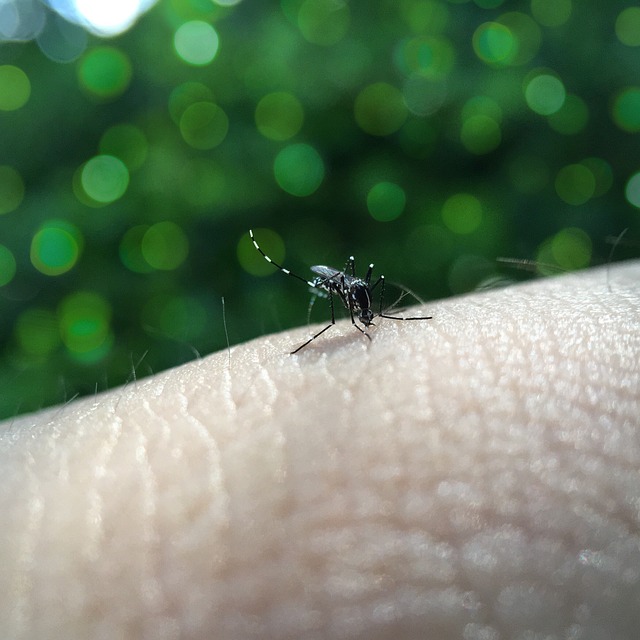Exploring the Stages of Panchakarma Detoxification
Panchakarma, a cornerstone of Ayurvedic medicine, is a comprehensive detoxification process designed to cleanse the body, mind, and spirit. Rooted in ancient Indian practices, Ayurvedic Panchakarma treatment aims to restore balance to the body’s doshas—Vata, Pitta, and Kapha—through a series of treatments that eliminate toxins, strengthen immunity, and rejuvenate overall health. In this blog, we will explore the stages of Panchakarma detoxification and how they work to bring about holistic healing.
What is Panchakarma?
Panchakarma translates to “five actions” or “five treatments,” referring to the five primary procedures involved in this detoxification process. These treatments are tailored to individual needs, ensuring a personalized approach to cleansing and healing. Panchakarma is not just a physical detox; it also purifies the mind and emotions, making it a truly holistic therapy.
The Five Stages of Panchakarma Detoxification
The Panchakarma process is divided into five stages, each playing a crucial role in the detoxification and rejuvenation of the body.
1. Poorva Karma (Preparatory Stage)
Before beginning the main Ayurvedic Panchakarma treatment, the body needs to be prepared. This stage involves two primary steps:
Snehana (Oleation): This involves the application of oils to the body, both internally and externally. Internal oleation includes consuming medicated ghee or oils, while external oleation involves massages with herbal oils. Snehana helps to loosen the toxins in the body, making them easier to eliminate.
Swedana (Sudation or Sweating): Following oleation, the body is subjected to steam therapy, which induces sweating. Swedana further loosens the toxins and moves them towards the digestive tract for elimination. It also opens up the body’s channels, making it easier for the toxins to be expelled.
2. Pradhana Karma (Main Treatment Stage)
The Pradhana Karma stage consists of the five primary procedures that form the core of Ayurvedic Panchakarma treatment. These are:
Vamana (Therapeutic Emesis): This is a controlled vomiting process used to eliminate excess Kapha dosha from the body. It is particularly effective for conditions like asthma, bronchitis, and skin disorders.
Virechana (Therapeutic Purgation): Virechana involves the use of herbal laxatives to cleanse the intestines, eliminating excess Pitta dosha. This treatment is beneficial for digestive issues, liver disorders, and chronic headaches.
Basti (Medicated Enema): Basti is the administration of medicated oils or decoctions through the rectum, which helps to cleanse the colon and balance the Vata dosha. It is highly effective for joint pain, constipation, and neurological disorders.
Nasya (Nasal Administration): Nasya involves the administration of herbal oils or powders through the nostrils to cleanse the sinuses and improve respiratory health. It is useful for sinusitis, migraines, and chronic colds.
Raktamokshana (Bloodletting): Although not always included in every Panchakarma treatment, Raktamokshana is a procedure used to purify the blood. It is particularly useful for conditions like acne, eczema, and other skin disorders.
3. Paschat Karma (Post-Treatment Stage)
After the main Panchakarma treatments, it is essential to support the body’s healing process through specific post-treatment practices:
Dietary Guidelines: A special diet is prescribed to gradually reintroduce solid foods into the diet. This diet is designed to nourish the body without overloading the digestive system.
Lifestyle Modifications: Patients are advised to follow a lifestyle that promotes balance and well-being. This may include regular yoga, meditation, and avoiding stress.
Rejuvenation Therapies: In some cases, additional treatments like Rasayana (rejuvenation) therapies may be prescribed to restore vitality and enhance longevity.
4. Rasayana (Rejuvenation Stage)
This stage focuses on rebuilding the body’s tissues and strengthening immunity. Rasayana involves the use of specific herbs, supplements, and dietary practices that nourish the body and promote longevity. It is a vital part of ensuring that the benefits of Panchakarma are long-lasting.
5. Samana (Palliation Stage)
Samana involves the use of milder treatments and dietary adjustments to maintain the balance of the doshas post-Panchakarma. This stage is essential for preventing the recurrence of imbalances and ensuring that the body remains in a state of health and harmony.
Benefits of Ayurvedic Panchakarma Treatment Detoxification
Elimination of Toxins: Panchakarma helps to remove accumulated toxins from the body, promoting better health and preventing disease.
Boosted Immunity: The detoxification process strengthens the immune system, making the body more resilient to infections and illnesses.
Improved Digestion: By cleansing the digestive system, Panchakarma enhances metabolism and improves nutrient absorption.
Mental Clarity: Panchakarma not only cleanses the body but also clears the mind, reducing stress and promoting mental clarity.
Rejuvenation: Panchakarma therapies help to rejuvenate the body, restore vitality, and slow down the aging process.
Conclusion
Panchakarma detoxification is a profound Ayurvedic treatment that offers deep cleansing and rejuvenation for the body, mind, and spirit. By understanding the stages of Panchakarma, you can appreciate the comprehensive nature of this therapy and its potential to bring about lasting health and well-being. Whether you are dealing with specific health issues or simply looking to maintain optimal health, Panchakarma can be an invaluable tool in your wellness journey.



